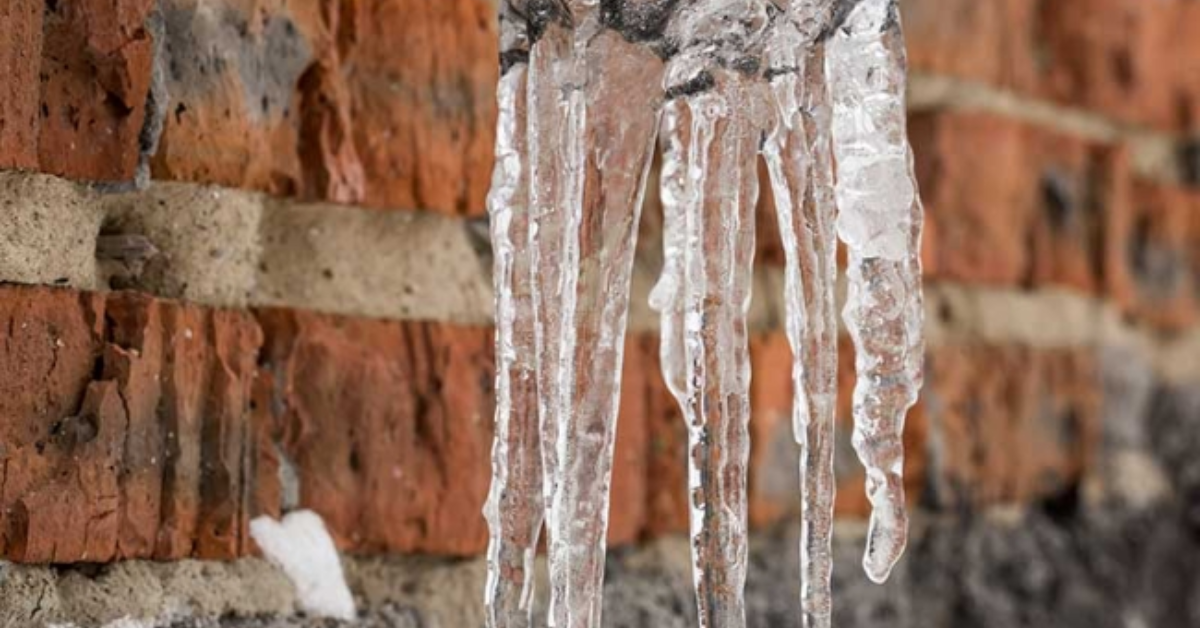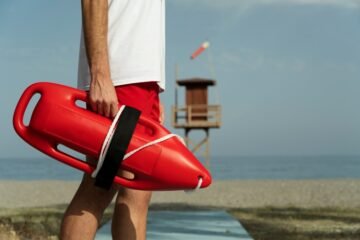Winter months can be particularly harsh on your home’s plumbing system, especially when freezing temperatures threaten to cause pipe bursts. A burst pipe can lead to costly water damage, disrupt daily life, and necessitate extensive repairs. Fortunately, with the right preventative measures, you can protect your plumbing system and avoid winter-related disasters. This comprehensive guide will walk you through understanding the causes of pipe bursts, identifying risk factors, and implementing effective strategies to keep your home safe.
Why Do Pipes Burst in Winter?
To prevent pipe bursts, it’s essential to understand why they happen. When temperatures drop, water inside your pipes can freeze. Frozen water expands, increasing pressure inside the pipe. If the pressure builds up enough, it can cause the pipe to crack or burst.
Factors that contribute to pipe bursts include:
- Uninsulated Pipes: Pipes exposed to cold air, such as those in basements, attics, or crawl spaces, are more vulnerable to freezing.
- Poor Heating: Insufficient home heating can result in cold zones where pipes are more likely to freeze.
- Aging or Weak Pipes: Older pipes or pipes made of less durable materials, like galvanized steel, are more prone to failure.
- Sudden Temperature Drops: Rapid temperature changes can stress pipes and lead to cracking.
Identifying High-Risk Areas
Some areas of your home are more susceptible to pipe bursts than others. Knowing where to focus your preventative efforts can make all the difference:
- Outdoor Faucets and Hoses:
- These are directly exposed to the elements and are often the first to freeze.
- Exposed Pipes:
- Pipes in unheated spaces, like garages, basements, and attics, are particularly vulnerable.
- Under-Sink Pipes:
- Pipes under sinks, especially those on exterior walls, can freeze if not properly insulated.
- Underground Pipes:
- While less common, extreme cold can affect buried pipes, particularly those that aren’t deeply installed.
Proactive Steps to Prevent Pipe Bursts
The best way to avoid pipe bursts is through proactive prevention. These steps can help ensure your plumbing system remains functional and protected:
- Insulate Your Pipes:
- Use foam insulation sleeves or heat tape to cover exposed pipes.
- Focus on pipes in unheated areas and those near exterior walls.
- Seal Cracks and Gaps:
- Identify and seal any openings where cold air can enter, particularly near windows, doors, and vents.
- Caulk or use spray foam insulation to seal gaps around pipe entry points.
- Keep a Steady Temperature:
- Maintain a consistent indoor temperature of at least 55°F, even when you’re away.
- Use space heaters in particularly cold or drafty areas.
- Disconnect Outdoor Hoses:
- Remove and store garden hoses before winter begins.
- Shut off water to outdoor faucets and drain any remaining water.
- Install Frost-Free Faucets:
- Upgrade to frost-free outdoor faucets to reduce the risk of freezing.
- Allow Faucets to Drip:
- During extreme cold, leave faucets slightly open to allow water to flow, relieving pressure that could build up in frozen pipes.
Winterizing Your Home’s Plumbing System
Winterizing your plumbing system involves taking additional measures to prepare for the season. Key steps include:
- Drain and Shut Off Exterior Water Lines:
- Shut off the main water supply to outdoor pipes and faucets.
- Use a compressor to blow out any remaining water in sprinkler systems.
- Install Pipe Heating Cables:
- Electrically heated cables can keep pipes warm in extremely cold areas.
- Ensure cables are installed according to the manufacturer’s instructions to avoid fire hazards.
- Flush Your Water Heater:
- Sediment buildup can reduce the efficiency of your water heater, particularly in winter when demand is higher.
- Regular maintenance ensures optimal performance and prevents damage.
- Inspect for Leaks:
- Check your plumbing system for leaks before winter sets in. Repairing small leaks early can prevent larger issues during cold weather.
- Test Your Sump Pump:
- Ensure your sump pump is operational to handle potential winter flooding from melting snow or ice.
Recognizing the Warning Signs of Frozen Pipes
Catching frozen pipes early can prevent them from bursting. Be on the lookout for these warning signs:
- Frost on Pipes: Visible frost or ice on exposed pipes is a clear indicator of freezing.
- Reduced Water Flow: If water pressure drops or stops entirely, a frozen pipe may be the cause.
- Unusual Noises: Bubbling, gurgling, or banging sounds from pipes can signal trapped air or ice blockages.
If you suspect a frozen pipe, act quickly to prevent further damage.
What to Do If a Pipe Freezes
If you discover a frozen pipe, take immediate action to minimize damage:
- Turn Off the Water:
- Shut off the main water supply to reduce pressure and prevent a burst.
- Thaw the Pipe:
- Use a hairdryer, heating pad, or warm towels to gradually thaw the frozen section.
- Start thawing near the faucet and work your way toward the frozen area.
- Never use an open flame, as this can damage pipes and create a fire hazard.
- Open Faucets:
- Keep the affected faucet open to allow melting water to escape and relieve pressure.
- Call a Professional:
- If you can’t locate the frozen pipe or are unable to thaw it safely, contact a licensed plumber like Benjamin Franklin Plumbing for assistance.
Dealing with Burst Pipes
Despite your best efforts, pipe bursts can still happen. If you experience a burst pipe:
- Shut Off the Water Supply:
- Immediately turn off the main water valve to stop further flooding.
- Drain the System:
- Open all faucets to drain any remaining water and relieve pressure.
- Contain the Damage:
- Use towels, buckets, or a wet/dry vacuum to clean up standing water.
- Move valuables and furniture away from the affected area to prevent further damage.
- Contact a Professional Plumber:
- A professional can repair the damaged pipe and assess your plumbing system for additional vulnerabilities.
Long-Term Solutions for Pipe Protection
For lasting peace of mind, consider these long-term solutions to protect your plumbing system. If you’re dealing with persistent clogs or blockages, a blocked drain plumber can provide expert advice and solutions tailored to your specific needs, ensuring your plumbing system remains in top condition.
- Upgrade to PEX Pipes:
- PEX pipes are more flexible and resistant to freezing than traditional materials like copper or galvanized steel.
- Install a Smart Water Monitoring System:
- Smart devices can detect leaks, monitor water usage, and shut off the water supply in emergencies.
- Enhance Home Insulation:
- Improve insulation in walls, attics, and crawl spaces to keep pipes warm during winter.
- Schedule Regular Maintenance:
- Regular inspections and maintenance by professionals like Benjamin Franklin Plumbing can identify and address potential issues before they become major problems.
Conclusion
Preventing pipe bursts during winter requires a proactive approach and consistent maintenance. By insulating pipes, winterizing your plumbing system, and staying vigilant for warning signs, you can protect your home from costly damage and disruptions. When in doubt, consulting professionals like Benjamin Franklin Plumbing ensures your plumbing system is prepared to withstand freezing temperatures. With the right precautions, you can enjoy a worry-free winter season, knowing your home’s plumbing is safe and secure.
Stay in touch to get more updates & alerts on VyvyManga! Thank you



